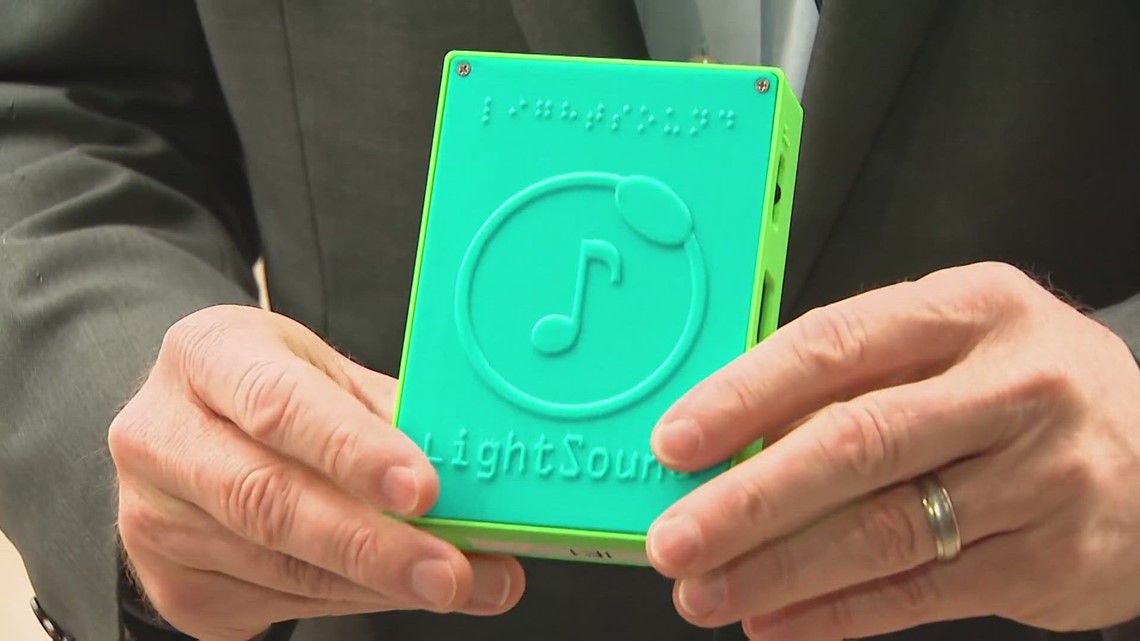Technology allows Ohioans who are blind or visually impaired to hear the eclipse
LightSound devices will be set up at 29 state parks and properties for Monday's total solar eclipse. Ohio is home to about 275,000 people who are blind or visually impaired, and the state is using special technology to allow them to experience the total solar eclipse. LightSound devices will be set up at 29 state parks and properties in the eclipse's path of totality, which uses a light sensor to translate the sound into a changing tone as the eclipse passes over it. The devices are part of a larger effort to make outdoor experiences more accessible for those with low vision or low vision.

Publié : il y a un an par Author: Doug Petcash dans World
LightSound devices will be set up at 29 state parks and properties for Monday's total solar eclipse.
Example video title will go here for this video
Example video title will go here for this video
LEWIS CENTER, Ohio — Ohio is home to about 275,000 people who are blind or visually impaired. The state is making sure they can experience Monday's solar eclipse, too, with special technology that sets the tone for inclusion.
"It's kind of a day of celebration, something that's literally a once-in-a-lifetime event since the last time it happened was 200 years ago," Lt. Gov. Jon Husted said. "These LightSound devices are going to help those with low vision or no vision have a chance to participate."
The state recently received 29 LightSound devices to place at 29 of its state parks and properties in the eclipse's path of totality.
"There's a light sensor in there that senses the light and then translates that into the tone," explained Berna King with Opportunities for Ohioans with Disabilities.
As the eclipse passes over that light sensor, the tone changes allowing those who are blind or have low vision to follow along with the experience.
"I thought it was really cool the way the frequency changed," Williams said.
"Just to kind of know what's happening and stuff. So that I know when the moon fully covers it," Williams said.
"It definitely is inclusion and just gives us an opportunity to experience what everyone else is," Wagner said.
The LightSound devices will be placed in an area of those 29 state parks and properties where people can gather around to hear the changing tone as the moon moves across the face of the sun.
"Every single day we're trying to look for ways to make the outdoors more accessible, and you know the solar eclipse is sort of the ultimate outdoor experience," said Ohio Department of Natural Resources Director Mary Mertz.
